
A quartet of studies presented at the Association for Research in Vision and Ophthalmology’s 2024 Annual Meeting addressed diverse retina-related challenges and unveiled findings with the potential to revolutionize vision science.

A quartet of studies presented at the Association for Research in Vision and Ophthalmology’s 2024 Annual Meeting addressed diverse retina-related challenges and unveiled findings with the potential to revolutionize vision science.

In a presentation at the Association for Research in Vision and Ophthalmology’s 2024 Annual Meeting in Seattle, Washington, researchers used Google’s recommended top 8 uveitis patient educational websites in the study to determine whether ChatGPT 4.0 could be used as a uveitis patient online resource.
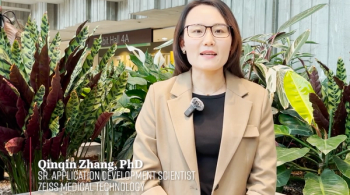
At this year's ARVO meeting, Qinqin Zhang, PhD, presented a poster titled "A unified deep learning model for geographic atrophy segmentation: Adaptable to SS-OCT and SD-OCT data with multiple scan patterns." At the conference she gave Ophthalmology Times an overview.
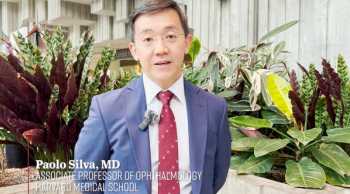
At this year's ARVO meeting, Paolo Silva, MD, presented data on Protocol AA on behalf of the DRCR Retina Network and the effect of diabetic retinopathy lesion location and severity on the risk for progression in the long term.

Research being presented at the Association for Research in Vision and Ophthalmology’s 2024 Annual Meeting in Seattle, Washington, is examining novel interventions that could address the growth in myopia.
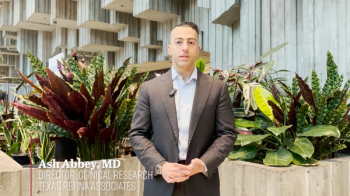
At this year's ARVO meeting, Ash Abbey, MD, Director of clinical research at Texas Retina Associates, presented 36-month data from the GALE study of pegcetacoplan for the treatment of dry age-related macular degeneration specifically geographic atrophy.

Deborah Ristvedt, DO, in her Controversies in Modern Eye Care presentation, discussed the evolution from traditional glaucoma treatments to novel therapies that target the trabecular meshwork and that aim to optimize IOP management without the need for multiple medications.

Inder Paul Singh, MD, highlights how early intervention, modern techniques, and reduced medication burden can improve outcomes and quality of life for patients with glaucoma in his presentation at the Controversies in Modern Eye Care conference.

Kelsey Roelofs, MD, shares some useful tips for identifying and diagnosing thyroid eye disease for attendees of the 18th Annual Controversies in Modern Eye Care symposium.

James A. Katz, MD, discussed evolving treatments for Demodex blepharitis, highlighting traditional methods like tea tree oil and microblepharoexfoliation as well as a newer FDA-approved therapy, and emphasizing the need to examine the upper eyelid carefully to diagnose the condition.
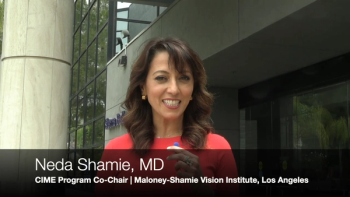
The 18th annual Controversies in Modern Eye Care conference, held on May 4, 2024, in Los Angeles, was co-chaired by Neda Shamie, MD, and Arjan Hura, MD, with the aim of discussing the latest advancements in eye care.
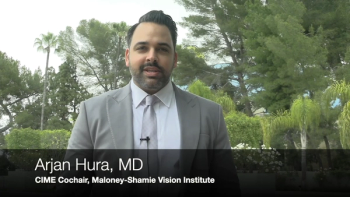
Hura highlighted some of the key takeaways from the Controversies in Modern Eye Care symposium where presenters and attendees shared their insights into the latest advancements in refractive surgery, retina care, and collaborative eye care.

Despite recognition of lenticular glutathione’s importance in lens formation for decades, why it declines with age remains a mystery.

According to the company, a subretinal injection of ATSN-201 was well tolerated in all patients in the first cohort with extensive resolution of schisis observed in 2 patients. Safety data from the first cohort of the LIGHTHOUSE study will be presented at the Retinal Cell and Gene Therapy Innovation Summit 2024 being held May 3, 2024, in Seattle.

Joseph Izatt was a skilled researcher and inventor who played a foundational role in the development of optical coherence tomography.

The data will be presented in oral session at the 2024 American Society of Gene & Cell Therapy meeting May 7-11 in Baltimore, Maryland.

Researchers examined disparities in service coverage of pediatric ophthalmologists and pediatric optometrists in relation to patient demographics to cast a light on at-risk populations and provide data for future decisions.

Donahue will serve as president until June 30, 2025, when he will host the AAPOS 2025 annual meeting in Salt Lake City, Utah. He previously had served as vice president since July 2023.

The company expects to launch the supplement in the US, which features a proprietary blend of ingredients including lutein, zeaxanthin isomers, curcumin and vitamin D3, under the brand name Blink NutriTears early in the third quarter of 2024.

The foundation noted the summit will be held June 25-27 in Mexico City, Mexico, and will feature stakeholders across the eye health landscape with a common goal of eradicating avoidable blindness by 2030.
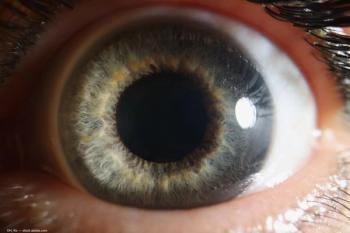
The company announced results from a Phase IV study of tropicamide and phenylephrine hydrochloride ophthalmic spray 1%/2.5% (Mydcombi) designed to characterize the efficacy and duration of the lowest deliverable dose.

The WVU Health System Board of Directors recently approved $233.5 million to fund the construction of a multi-center outpatient facility with additional exam and testing rooms.

Cataract simulation platform uses virtual reality to train ophthalmologists

According to the company, OCU410 utilizes an AAV delivery platform for the retinal delivery of the RORA gene.

SGT-1001 uses its novel gene coding technology for gene integration via transposition. It plans to advance SGT-1001 into the clinic in the first half of 2025.
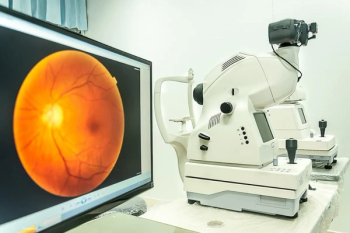
According to the company, 46.2% of patients demonstrated a 1- or 2-step improvement in the Diabetic Retinopathy Severity Scale (DRSS) at 40 weeks in the Axpaxli arm, compared to 0% in the control arm.

Powers, whose father, sister, and brother are ophthalmologists, has held senior executive positions in strategic planning, marketing, and commercial and medical affairs at vision-focused companies.

According to the company, the feedback from the interactive meetings will provide guidance for the path to a PMA submission.
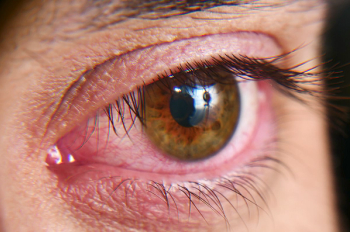
According to researchers, insights into the ocular microbiome could have implications beyond eye health.

According to the company, the grant funding from the Choroideremia Research Foundation is in support of validating functional vision assessments for patients with profound blindness.